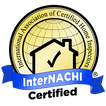Mike's Home Inspector BlogMichael Burfitt |
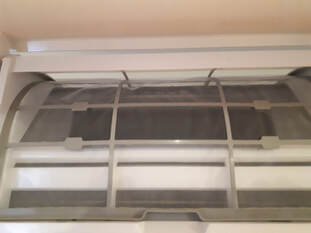 Don't forget to regularly clean the entire filter! Don't forget to regularly clean the entire filter! Radon is a radioactive, invisible, tasteless, and odorless gas created by the breakdown of uranium deep below the Earth’s surface. It is widely known to be the second leading cause of lung cancer in North America. So, how many homes in Nova Scotia have this dangerous gas in them? All of them! No need to panic though. The Canadian guideline for the maximum exposure to radon in a home is 200 becquerels per cubic metre (200 Bq/m3). The level of radon varies according to what area of Nova Scotia your home is in and changes from home to home, day to day, and community to community. The only way to know your risk of exposure is to perform a long-term test and therefore I do not offer short term (48 hour) radon testing as they are not reliable. While all homes in Nova Scotia can potentially have dangerous radon levels, there are a few locations in our service area that generally need extra attention as they are in high risk areas. They include:
Thankfully, libraries in Nova Scotia now offer radon testers on free 6-week loans so you can perform your own testing. I used one in my own home and determined that despite being in a low-risk area, I still had an average of 151 Bq/m3: acceptable but I still wanted to lower it without contacting a Radon mitigation specialist. I have heard mixed opinions on whether Radon can be filtered so I thought I would test it for myself. I replaced the activated carbon filter (the thin black strip seen here) in my heat pumps and checked again a week later. After only a week, the level of radon detected in my basement dropped significantly, both on a weekly and daily basis. As can be clearly seen below, the average radon level dropped from 151 to 66, with a further drop to 58 Bq/m3 on the final day of my month-long test. While this is not a solution to extremely high radon levels it can be an inexpensive, short term solution for those who have levels nearing the recommended maximum of 200 Bq/m3. It is highly recommended that all home and property owners use a radon monitor for a period of at least 1 and ideally 3-12 months to collect data to determine the next steps. In addition to professional radon mitigation, there are several steps that can not only reduce radon levels but provide a healthier indoor air for you and your family. These include:
With this knowledge you can take the appropriate action to keep radon to a safe level in your home. Health Canada currently recommends remediation within two years if the radon level is between 200 to 600 Bq/m3 and within one year if levels exceed this threshold. |
Archives
July 2024
Categories
All
|
|
Inside Edge Home Inspections Ltd.
Halifax, NS 902-209-9921 [email protected] Proudly Serving the HRM & Central Nova Scotia |
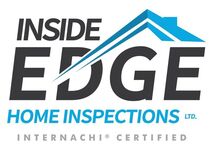
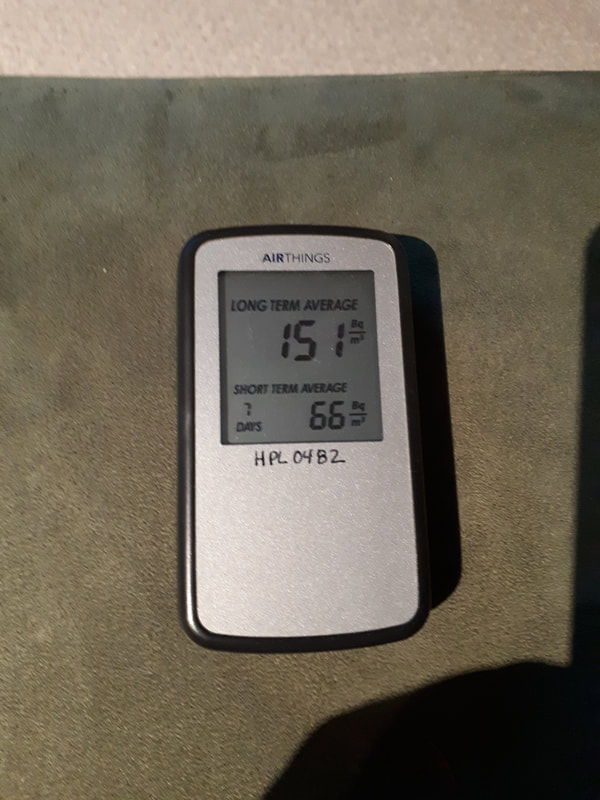
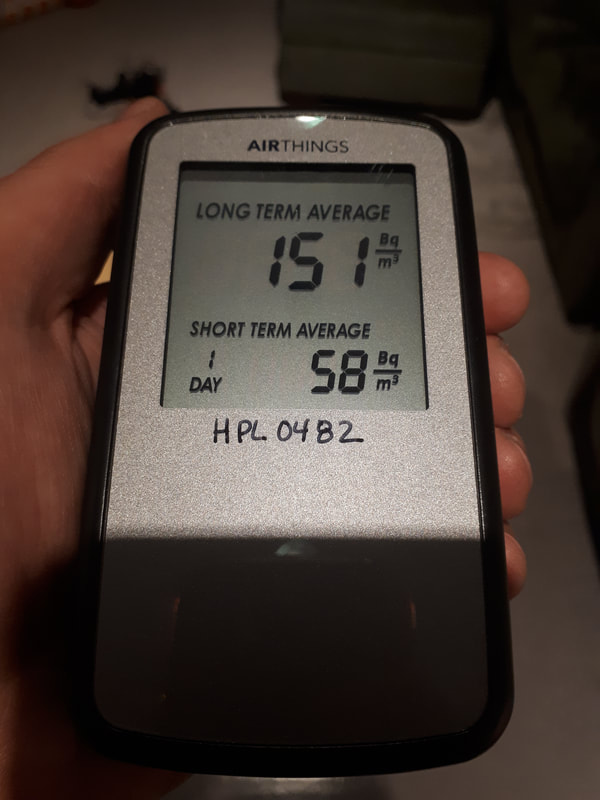
 RSS Feed
RSS Feed
